We link to vendors to help you find relevant products. If you buy from one of our links, we may earn a commission.
Whether you are an avid birdwatcher or aspire to be one, it’s the perfect time to purchase a species guide. The exciting new “National Audubon Society Birds of North America” is now available via Amazon.
From the Black-bellied Whistling Duck, with its red bill and pink legs, to Morelet’s Seedeater, the tiny buff darling of the Rio Grande Valley, you’ll find descriptions of over 800 North American species in this comprehensive volume.

In this article, we conduct an in-depth review of the National Audubon Society’s most authoritative birding guide to date.
Let’s see what’s between the covers!
About the Society
Since 1905, the National Audubon Society has operated as a nonprofit that seeks to protect wildlife and preserve natural habitats. The members’ primary focus is birds of North America.
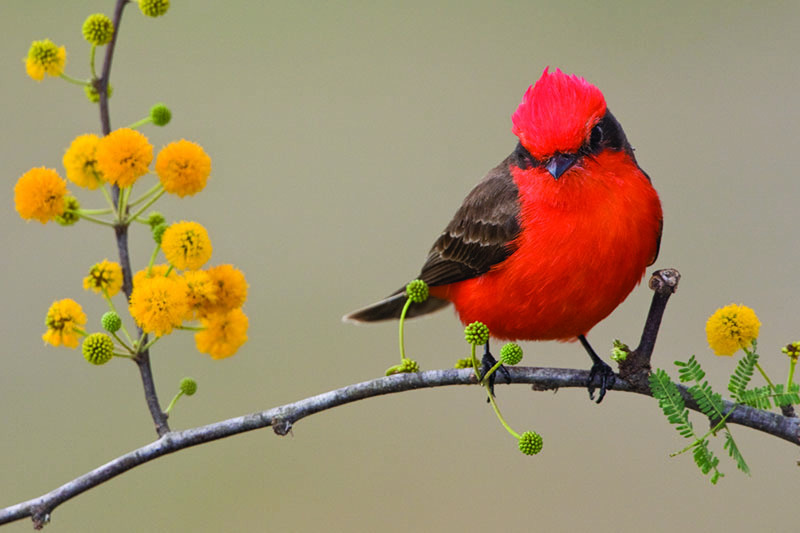
Over the years, the organization has strived to educate the public and influence public policy by increasing its body of members through local chapters, creating a network of nature centers and sanctuaries, publishing informative guides, broadcasting nature programs, developing interactive apps, and awarding outstanding conservation and environmental efforts.
In keeping with its mission, the Society has updated several of its classic guides with the publication of an ambitious new work, the “National Audubon Society Birds of North America.”
This is an all-inclusive resource that incorporates material from “The Audubon Society Master Guide to Birding” (1983), “National Audubon Society Field Guide to North American Birds: Eastern Region” (1994), and “National Audubon Society Field Guide to North American Birds: Western Region” (1994).
This new work is the collaborative effort of a prestigious group of scientists and scholars who specialize in biology and taxonomy, expert observers and photographers, and the designers who arrange the material in a functional and visually appealing form for publication.
First Impressions
I love to review books. I’m old school, and the smell of fresh ink on paper still thrills me.
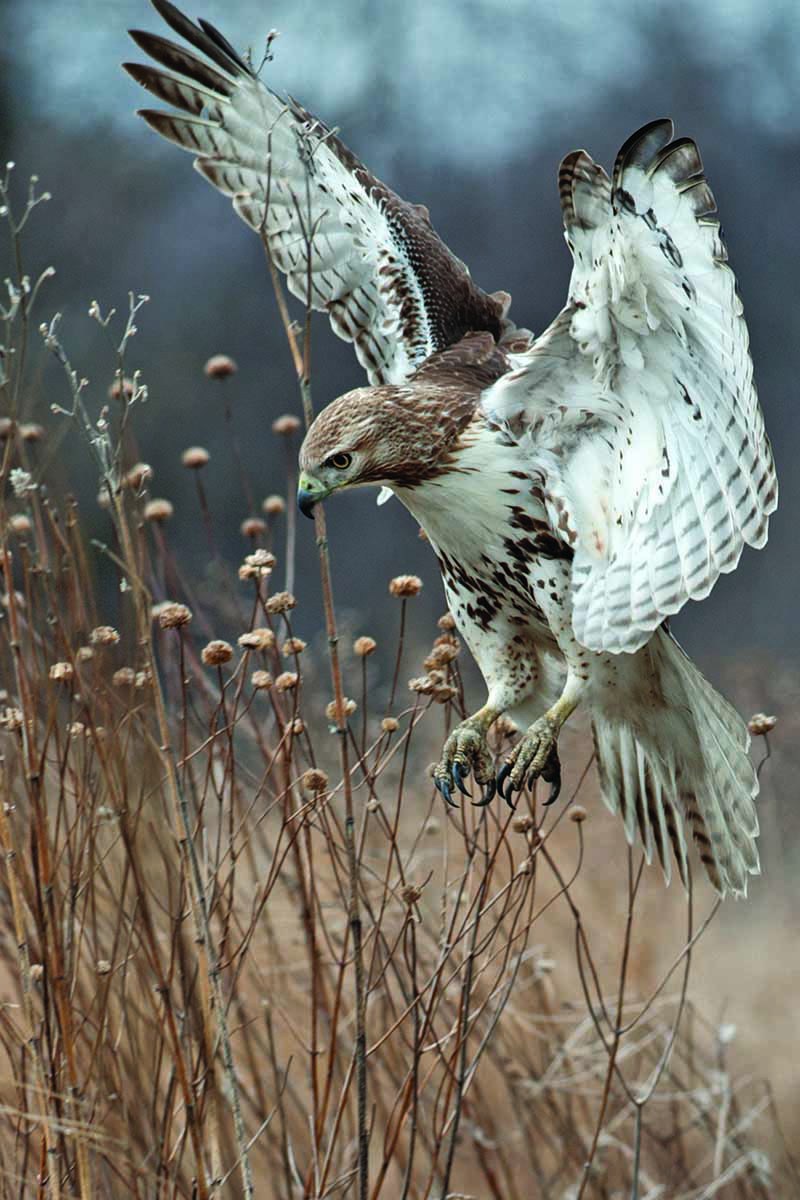
If you read my reviews, you know that I like to jump right into the middle to form an initial impression before my deep dive.
This time, when I opened the book, my first glance fell upon a magnificent Red-tailed Hawk swooping down upon its prey.
I was drawn in at once, and soon discovered a user-friendly format with a comfortable balance of text and photos, and a handy ribbon bookmark to hold my place for later.
Cover to Cover
This latest Audubon reference work is “flexibound,” with a cover that is heavier than a paperback, but bendable, unlike a hardback. As this category doesn’t exist on many shopping sites, you may see it listed as a hardback.
It measures 7.38 by 1.67 by 9.45 inches and weighs a hefty 3.85 pounds. There are 912 glossy pages and over 3,500 color photos.
The avian species are listed by taxonomic order, as per the American Ornithological Society. Similar species are grouped and presented in the sequence in which they evolved on earth.
So, the species descriptions begin with the Anseriformes, or waterfowl, and conclude with the Passeriformes, or perching species, a subgroup of which are the songbirds.
Color coding on the page edges aids in quick reference.
As more is learned about animals, taxonomy is continually updated. This new volume reflects the most current knowledge at the time of publication.
What’s In Store
The reader’s avian adventure begins with a table of contents that lists avian families, instead of taxonomic orders, which is great, because if you’re like me, you know your feathered friends by their common names.
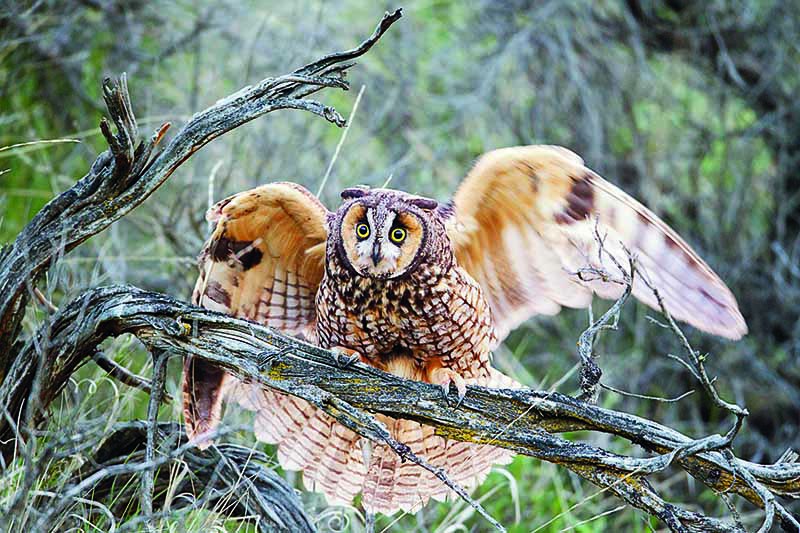
Brief bites of introductory information explain the Society’s mission, how species are organized, named, and measured, where they live, territories, and migratory habits.
Readers will find an open invitation to enjoy the free Audubon Bird Guide app, a useful tool for field observation.
Further along there are general sections on behavior, feeding, flying, and communicating, as well as identification, recording sightings, appropriate observation practices, and conservation.
The introductory material concludes with some species-specific sections on “Bird Biology Topics” such as predatory behavior, coloration, and intelligence.
Don’t skip this introductory material!
It’s the guide to the guide, and offers not only an excellent wildlife overview, but provides keys to the format to follow.
Robust Contents
Following the opening information are one- to two-page write-ups on over 800 species. Each has multiple color photos that offer a glimpse of behavior and/or a close-up of coloration and anatomical features.
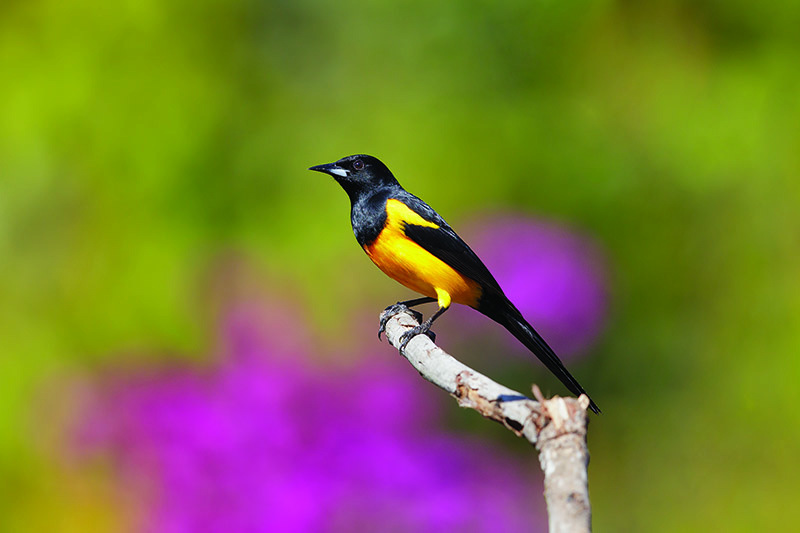
Every entry provides the taxonomic order, family, common name, and Latin name of a species.
For example, Passeriformes – Passerines, Western Kingbird, Tyrannus verticalis.
Text sections are broken into the following categories: Description, Voice, Nesting, Habitat, Range, Similar Species, and Conservation. You will find this information presented consistently throughout.
The Conservation portion employs a pictorial key to note a species’ ranking from an environmental standpoint. Designations range from “Least Concern” to “Extinct,” with five categories in between.
In addition, you’ll find a small range map denoting where a species is likely to be found as a resident, in the summer, in the winter, during migration, and rarely.
Following the individual species write-ups are supplemental sections.
The guide comes full circle with the first one, “Bird Families.” Here the reader finds short synopses of groups of related species listed by order and common name, such as “Columbidae – Pigeons and Doves.”
I recommend reading this section right after the introductory material, as it completes the reader’s general knowledge and forms a foundation for the exploration of individual species.
Following the family portion is a glossary, where you can increase your vocabulary with terms such as “hallux,” an innermost toe, and “spishing,” a noise made by observers.
An index is next, with cross-referenced common and Latin names, and finally, an extensive list of photo credits.
Impressive and Informative
With a resource like this, there’s always something new to discover.
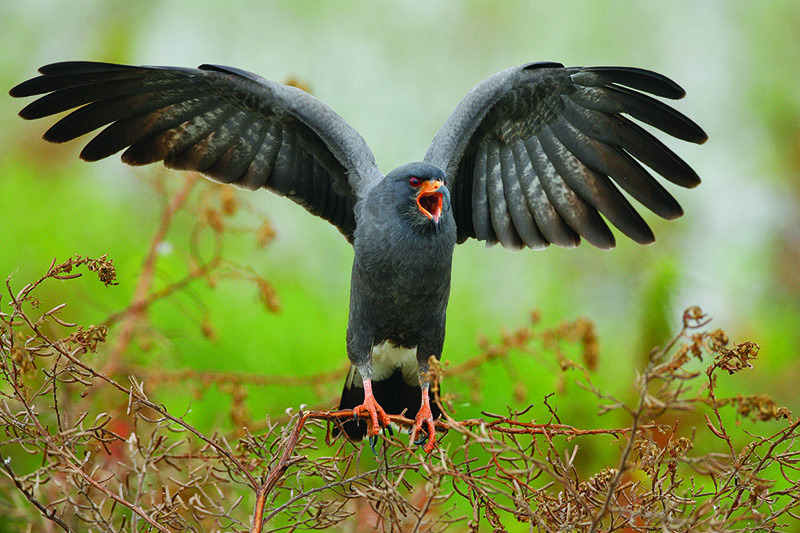
For example, in the table of contents I found “Goatsuckers,” a family name with which I was unfamiliar. By reading “Biology Topics” and specific entries of various species, I soon became acquainted with these nocturnal predators.
My last bird book was a pocket field guide that had color drawings instead of photos. I carried it with me until it was battered and rubber-banded together.
The new “National Audubon Society Birds of North America” is not intended to be a portable field guide.
Instead, it is the consummate desk reference to North American birds, with high-quality authentic representations of avian species, and as such, I give it high marks.

National Audubon Society Birds of North America
To add “National Audubon Society Birds of North America” to your bookshelf, head to Amazon to pick up your copy now.
If you found this article informative, you may find the following reviews of gardening-related books useful:
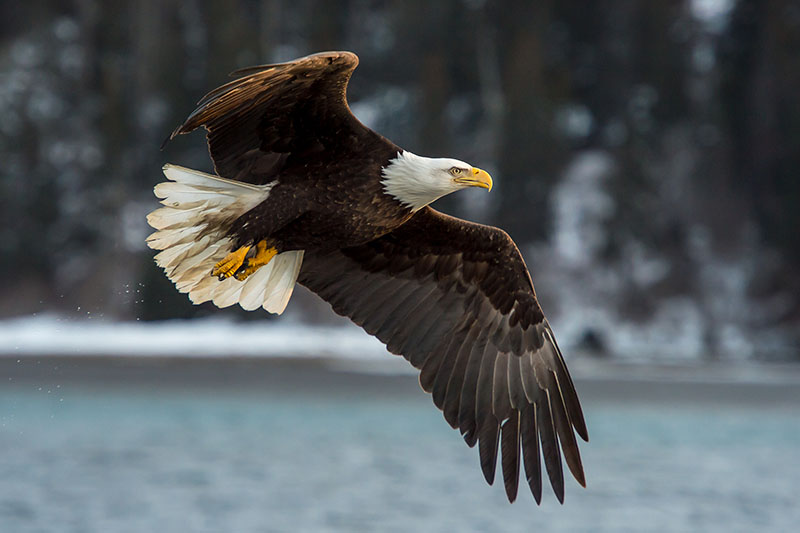
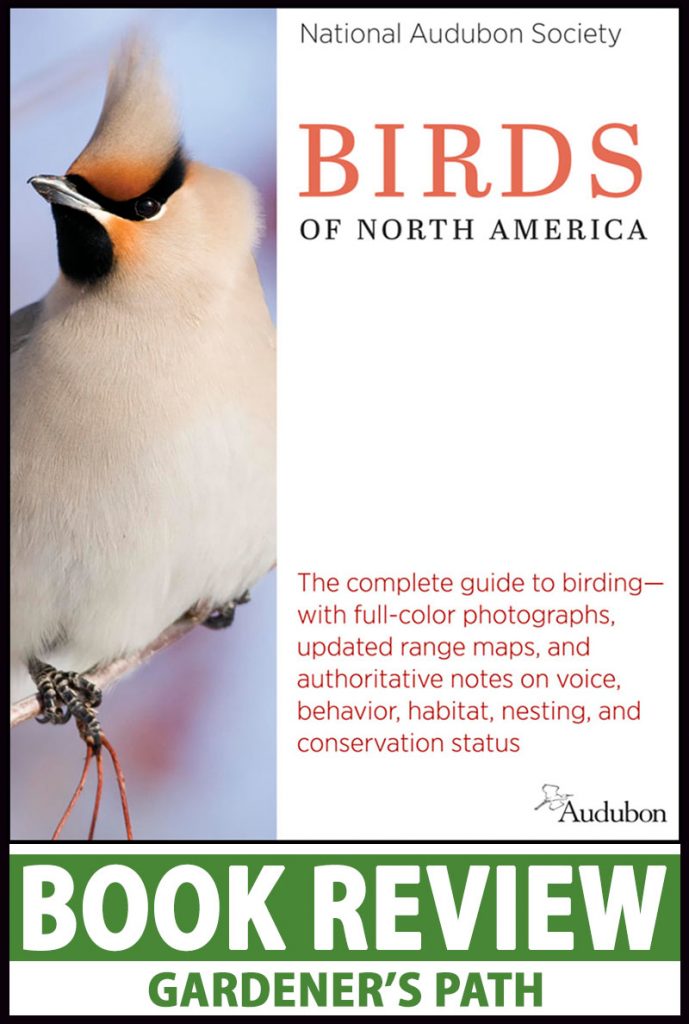
In this book it list Goatsuckers on page 143?!? No mention on that page, am I missing something? Thanks
Hi Cathy –
You make a very good point.
As I mention in the “Impressive and Informative” section of the article, the family name “goatsuckers” is a grouping the reader learns about in “Biology Topics” and individual species entries. It refers to nocturnal predatory birds.